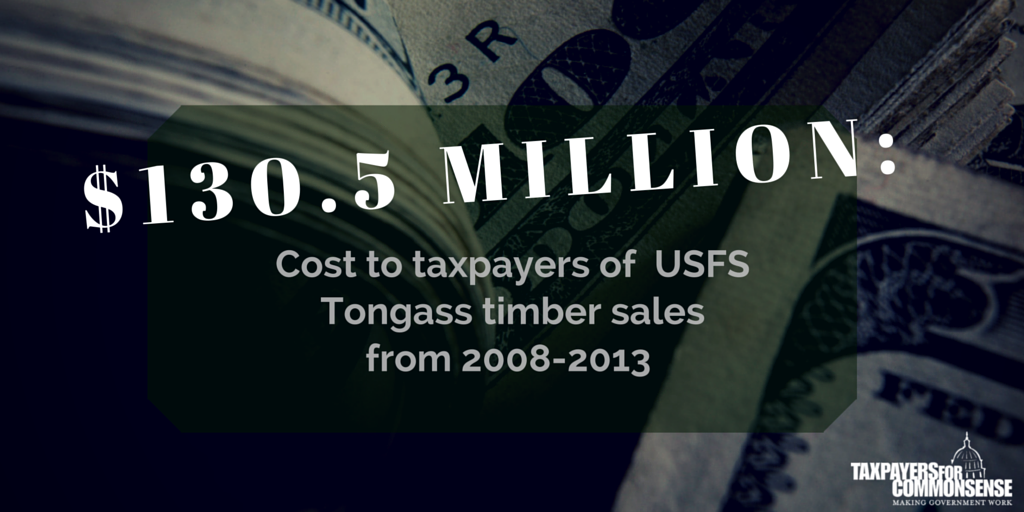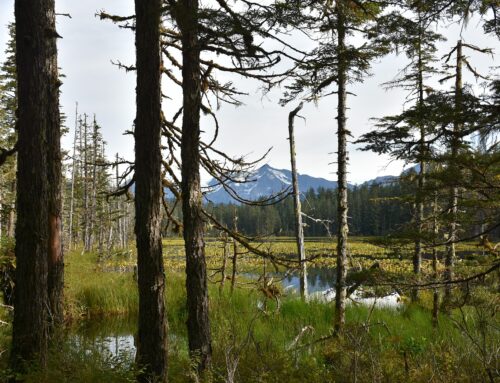Late last month, the U.S. Forest Service released a draft amendment to its land management plan for Alaska’s Tongass National Forest. The Tongass is the largest national forest in the United States at 16.9 million acres, roughly the size of West Virginia, and is located in southeastern Alaska.
The amended plan would make 490 million board feet of timber available for harvest over the next 15 years, or 46 million board feet annually. This would be an increase of 10 million board feet from the Forest Service’s current average of harvesting 36 million board feet per year in the Tongass. The plan would also allow proposed timber sales that are in planning stages to move forward.
Forest Service’s current average of harvesting 36 million board feet per year in the Tongass. The plan would also allow proposed timber sales that are in planning stages to move forward.
Increased timber sale planning in the Tongass poses a serious risk to taxpayers. Between 2008 and 2012, the Forest Service sold 145.4 million board feet of timber in the Tongass. During this period, it reported a loss of $108.7 million on timber projects, or $0.75 per board foot sold. Based on this rate of losses, taxpayers stand to lose $367.5 million over the next 15 years ($34.5 million annually) on Tongass timber sales as a result of the Tongass Land Management Plan amendment.
The Forest Service is already losing an average of $21.7 million annually on timber sales in the Tongass. The most recent estimates indicate losses from sales cost taxpayers $130.5 million in total from 2008-2013. Before increasing timber harvest volumes in the Tongass and thereby incurring millions more in potential costs, the Forest Service should ensure that sales of public timber resources generate a fair return for taxpayers.
To learn more about money-losing timber sales in the Tongass National Forest, read:
- Fact Sheet: Money-Losing Timber Sales in the Tongass National Forest
- Wastebasket: Cutting Losses in the Tongass National Forest
- Summary: Briefing on the Tongass Timber Program
- Blog: Taxpayers Left Out on a Limb
- Letter to Lawmakers: TCS and Other Taxpayer Groups Urge Termination of Money-Losing Timber Sales
- Data: U.S. Forest Service – Tongass National Forest Financials










